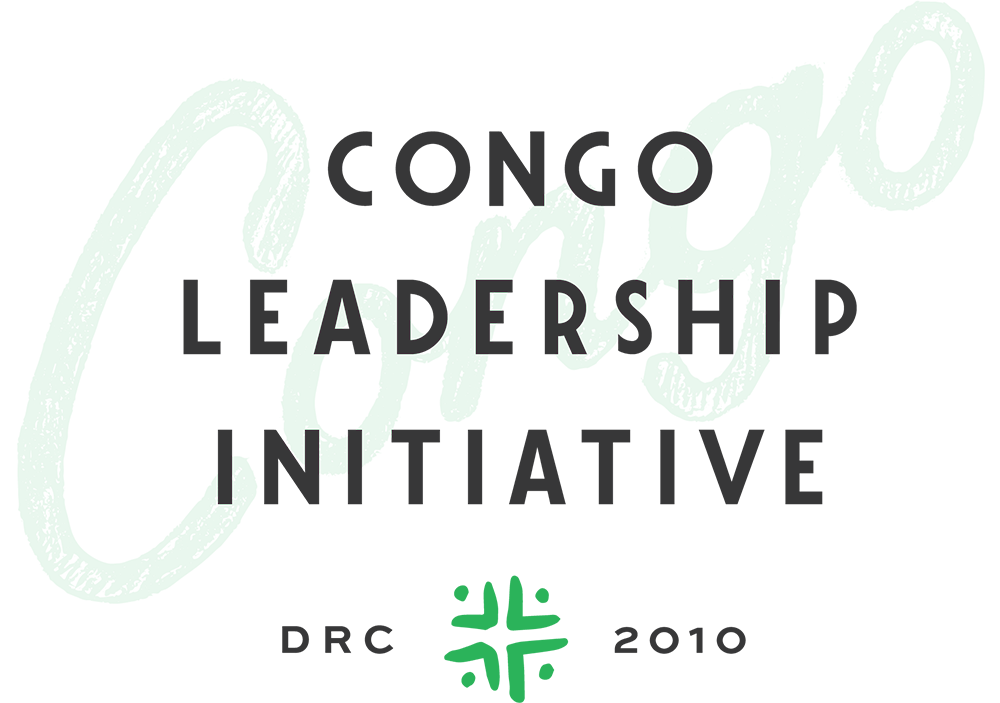Sample content from CLI's updated curriculum
CLI is always working to add quality content to the curriculum that we deliver to youth in the DRC. During the upcoming 2021-2022 fiscal year, we expect to train nearly 1,000 youth in ethical leadership and entrepreneurship! To prepare, we have refined and revised our curriculum for greater depth and clarity.
Below is an excerpt from a lesson on the scientific method and its applications in entrepreneurship and leadership. We welcome your questions and comments!
----------------------------------------------------------------------------------------------------------------------------
What is the scientific method?
The scientific method is a way of problem solving that was first created for scientific pursuits, but is now a useful way of solving other problems that appear in everyday life. It is a logical way to look at problems, and come up with methods to solve them.
The scientific method has five basic steps that we can use to help with problem solving:
• Observe: Identify the problem that you are trying to address
• Ask a question: Why is this problem happening?
• Propose an answer, or hypothesis: This is what we think is causing the problem, and what will fix it- we have to be able to test if this is true or not.
• Make a guess: Will this solution work? Why?
• Test your guess: try out your proposed solution, and see if you are right. If not, try and understand why you were wrong and try the process again!
When is it useful?
The scientific method is a form of logical reasoning, and is helpful when we are facing a problem. Every time we try to come up with a logical solution to a problem, we are in some ways using this method! For example, if we need to find the shortest pathway to school, the best way to find it would be to pick one route, walk that route, and see how long it takes us. Next, we can take the second route, and see if it is shorter or longer...and so on. In this way we develop a hypothesis, and gather solid evidence to show if that hypothesis is true or not. We can also use this method to solve other problems, like why we cannot communicate well with someone, how to make a business better, or others.
What are the 5 whys, and how do they relate to the scientific method?
Similar to the scientific method, the 5 whys method is a logical tool for problem solving. What makes it different from the scientific method is that it does not just try to solve the problem, but it tries to prevent the problem from arising again.
Why is this different, and important? If a problem is too big, too complex, with too many factors, the 5 whys might not be effective- there might not be one root cause for the problem! If we are trying to do a high level analysis of an issue, it is better to use the scientific method, as it allows us to explore more than one cause, or answer, to issues.
In order to use the 5 why method, you should make sure you, or a team of your colleagues or friends, are familiar with the problem at hand. You must then clearly define what the problem is that you are trying to solve, in a brief clear statement. Then we start to ask why that problem is occurring- we ask why, at least 5 times. The importance of this process is to establish clear, easy to understand responses to why this problem is occurring, until you come to the root of the issue. Here is an example of a 5 why analysis:
• Problem: Jonah is late to school every day
• Why is Jonah late to school? Because he is sleeping too late
• Why is Jonah sleeping late? Because he is not getting enough sleep
• Why is he not getting enough sleep? Because he is going to bed too late
• Why is he going to bed so late? Because he starts his homework late
• Why does he start his homework so late? Because he is playing with his friends
At the end of asking our 5 why questions, we can make a decision about what to do that will resolve this issue. If Jonah stops playing with his friends earlier, or does his homework before he plays with his friends, perhaps he will go to bed earlier and wake up on time. The 5 why method, especially when done in a team, also allows you to follow different paths, to offer different solutions. Maybe Jonah also has a long walk to school, or is looking after his baby sister. In this case you can examine these reasons why as well- you are done with this process when saying why, gets you no more useful answers, and you are done looking at different pathways when you are no longer coming up with new solutions.
The conclusion of the 5 why process is similar to the scientific method- how do we take this solution and implement it, to see if it is effective? And what do we do if the solution doesn’t work?
Activity
Class Discussion: The class identifies a problem they see in their community, or in the DRC, either big or small, and together establish a hypothesis for why it is happening. They use the five whys to examine this hypothesis, and identify the true root of the problem.
